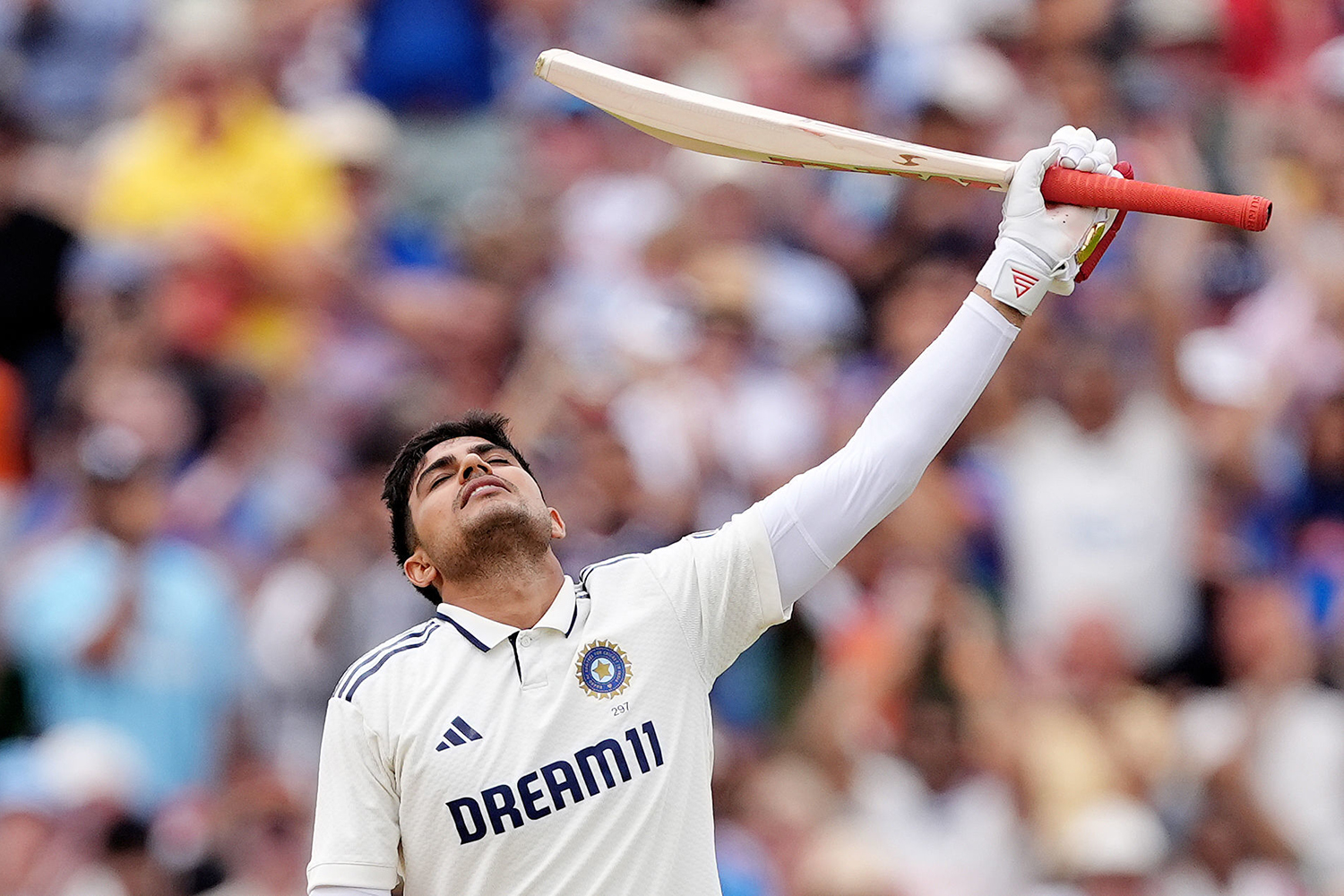Cricket is galaxy-renowned as the greatest metaphor for human life currently available. The Edgbaston Test has extended cricket’s lead in this prestigious contest, a tapestry of successes and failures, dominance and frailty, luck and brilliance, for which most qualified novelists would happily mortgage their souls.
The early stages of the series, played so far on pitches which are not so much batting-friendly as batting-lasciviously-amorous, have been festooned with centuries, but also splattered with ducks.
On Friday, after Ben Stokes was out first ball to leave England 84 for 5, Jamie Smith and Harry Brook scored the 17th and 18th 150-plus innings of the Stokesian era. Smith reached 150 in 144 balls, meaning that nine of England’s fastest 11 Test 150s have been scored since Stokes was appointed captain.
The Brook-Smith stand was only the ninth Test partnership of 300 or more for the sixth wicket – none of the previous eight had started at a lower score. Smith’s 184 not out was not only the highest score by (a) an England men’s wicketkeeper and (b) an England No 7, turfing the legendary Ranjitsinhji out of the record books 128 years after he scored 175 at No 7 in Sydney in December 1897. It was also the highest score in first-class history by a player whose team-mates have posted six ducks. Brook’s 158 is sixth on that list.
Then, for the third time in the series, the last five wickets fell for fewer than 30 runs, Siraj’s new-ball burst adding Brydon Carse, Josh Tongue and Shoaib Bashir to Ben Duckett, Ollie Pope and Stokes to catalogue of the zilched.
It was the first time England have suffered six ducks in any international innings (men or women), and only the ninth Test innings by any team to contain six dismissals for nought.
To highlight further the hyperdriven warp speed of modern Test cricket, England’s Edgbaston ducksters lasted a combined total of 15 balls – the fewest combined total deliveries by the duck-makers of a six-duck team, making it the most efficient instance of a team having half-a-dozen players out without scoring in the history of Test cricket.
England’s total of 407 was the lowest to contain a triple-century partnership, and the lowest to contain two individual scores of 150 or more.
This flurry of ducks followed India batting for more than 150 overs, the first team to do so in a Test innings in England in the past five summers, and only the fourth to do so since 2015.
Innings of 150 overs used to be staples of the Test summer. From 1920 to 1999, one in every seven Test innings in England lasted for 150 overs or more; that fell to one in 16 from 2000 to 2014, then one in 67 since 2015.
By tea on the fourth day, there had been a total of 11 centuries – already more than in any completed series in England since 2008 – as Shubman Gill became the third player in Test history to score a 250-plus score and another century in the same match, and the first player to make more than 500 runs in his first two Tests as captain.
By tea yesterday, the two teams had between them already combined for the second most runs in the first two Tests of a series in England (2,821), at the fourth highest average (47.8), scored at the highest strike rate (66.4 per 100 balls), with the second most centuries (11), and the most sixes (37). At tea, India, having become only the third team to score 300 four times in the first two Tests of a series, needed 39 more runs to set a new record for most runs by a team in the first two Tests of a series anywhere. They went on to add another 124. (This is the also first series in Test history in which the first six team innings all reached 350.)
And, despite all this, there had also been 13 ducks – the fourth most ducks (13) in the first two Tests of a series in England. It is the first time in Test history that the first two matches of a series have contained the curious combination of nine or more centuries and at least 12 ducks.
What can we interpret from all this about the state of cricket, the nature of human existence, and other related matters?
Perhaps that modern batting line-ups are more dominant when set, but more vulnerable when conditions are difficult. Certainly, that almost every time this England team play a Test match, something statistically flabbergasting happens.
Photograph by Martin Rickett/PA Wire
